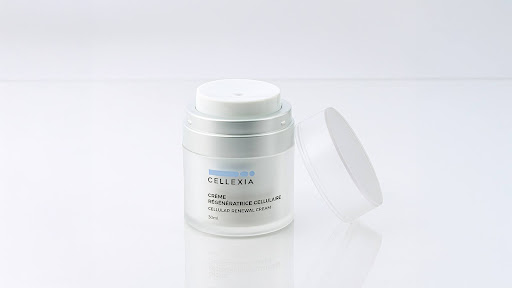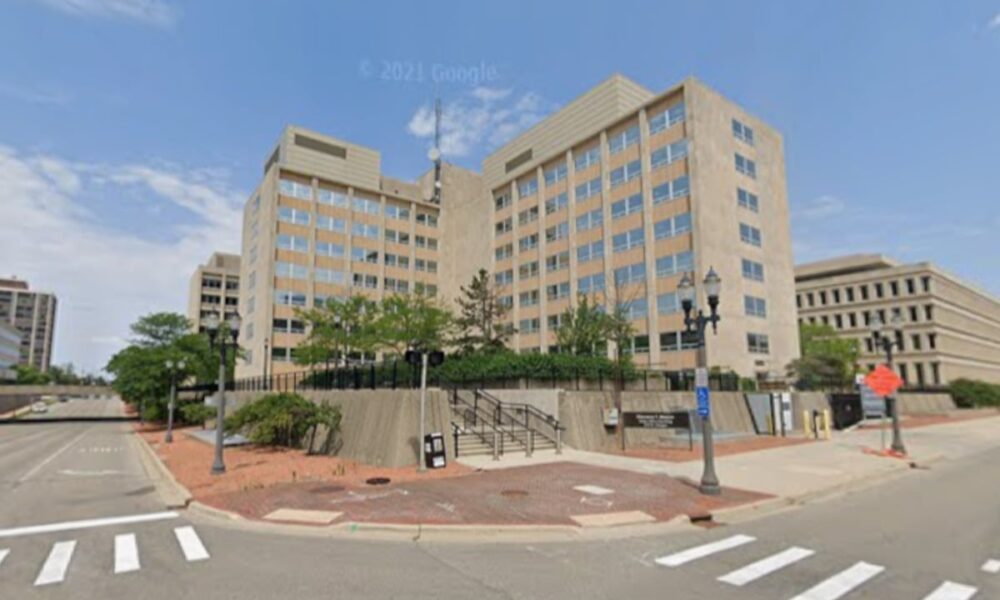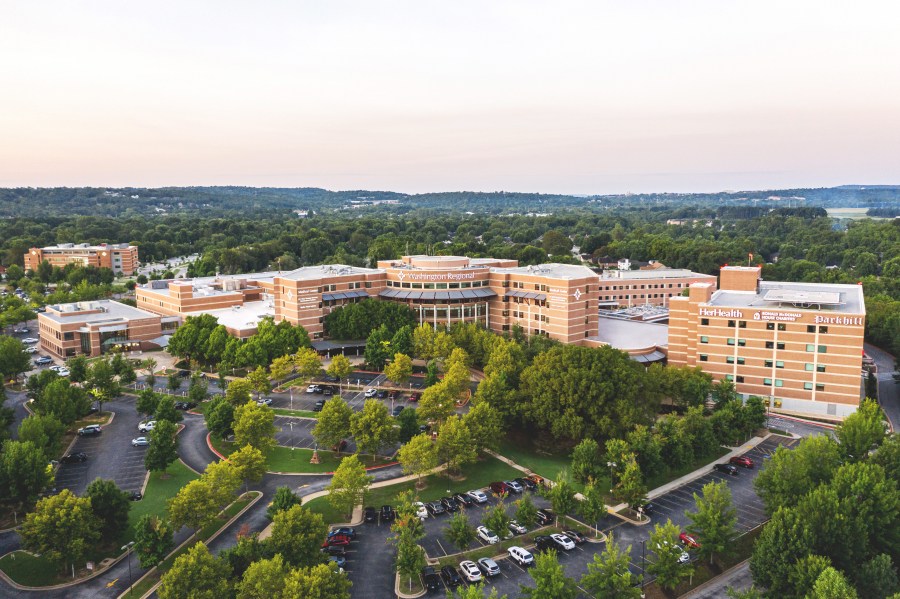The launch of Cellexia’s Cellular Renewal Cream marks a significant advancement in the anti-aging skincare market. Unlike traditional products that merely mask the symptoms of aging, this cream aims to address the underlying cellular processes that lead to skin deterioration over time. By focusing on cellular rejuvenation, Cellexia presents an innovative approach that could redefine how consumers view and treat aging skin.
To fully appreciate the implications of this new product, it is essential to understand the biological changes that occur in skin cells as individuals age. Aging skin is not solely characterized by the breakdown of collagen; it is also marked by a decline in the skin cells’ ability to function effectively. As skin cells divide, their protective end caps, known as telomeres, shorten. This is akin to the plastic tips on shoelaces that prevent fraying; when telomeres become too short, cellular function deteriorates.
One of the most concerning aspects of aging skin is the presence of senescent cells. These cells, often referred to as “zombies,” linger in the skin without contributing positively to its health. Instead, they release inflammatory compounds that can accelerate aging in surrounding healthy cells. Traditional anti-aging products typically overlook this issue, focusing on stimulating collagen production rather than addressing the root causes of cellular decline.
Cellexia’s Cellular Renewal Cream distinguishes itself with its dual-action formulation. The cream features two key ingredients: Vitasource and Altheostem. Vitasource enhances telomerase activity, the enzyme responsible for maintaining telomeres. Clinical studies indicate that this ingredient can rejuvenate fibroblasts—cells that produce collagen—making them behave as if they were ten years younger. The result is a notable increase in skin firmness and elasticity.
On the other hand, Altheostem targets senescent cells for elimination through a process known as apoptosis, or programmed cell death. Research has shown that this ingredient can reduce the population of senescent cells by 44%, allowing healthier, more active cells to thrive. After eight weeks of consistent use, participants reported an average perceived age reduction of 3.26 years, with those in the eye area seeing improvements of up to 5.7 years.
A Shift in Anti-Aging Strategy
The combination of these two mechanisms represents a groundbreaking shift in anti-aging strategies. Rather than merely working on the surface, Cellexia’s approach seeks to restore the cellular machinery itself. This dual focus offers a more comprehensive solution to aging, addressing both the rejuvenation of viable cells and the elimination of those that hinder skin health.
Clinical evaluations of the cream’s effectiveness confirmed that hydration levels increased by up to 51% within the first 24 hours of application. These immediate enhancements were complemented by more sustained changes over the following weeks. Participants noted improvements in skin texture, resilience, and overall appearance, suggesting that the cream provides cumulative benefits rather than immediate but temporary results.
Despite its promise, users should approach this product with realistic expectations. The cellular renewal process is gradual, and those seeking rapid results may find this cream less suitable. Traditional methods—such as fillers or laser treatments—may yield quicker visual outcomes, but they do not alter the underlying cellular aging processes.
The cream is designed to be lightweight and absorbs quickly, making it suitable for daily use, even for those with sensitive skin. It has been formulated to minimize irritation commonly associated with retinoids or acids, making it an appealing option for individuals with reactive skin. However, consistent application is crucial; skipping doses can disrupt the accumulation of benefits.
Looking to the Future of Skincare
Cellexia’s Cellular Renewal Cream embodies a shift from conventional anti-aging treatments to a more scientifically informed approach that focuses on repairing cellular function. If successful, such innovations could change the landscape of skincare, moving away from merely managing symptoms to actively rejuvenating skin at its core.
While the technology appears promising, it is essential to remember that this cream does not offer a “miracle” solution for aging. It is not a quick fix and will require patience and commitment. This product may appeal to consumers interested in cutting-edge skincare technology and preventive measures against future aging, rather than those seeking immediate results for specific events.
As the skincare industry evolves, Cellexia’s approach could pave the way for more effective anti-aging solutions that genuinely address the complexities of cellular aging. For those willing to embrace this new paradigm, the Cellular Renewal Cream may deliver substantial benefits that go beyond superficial improvements.







